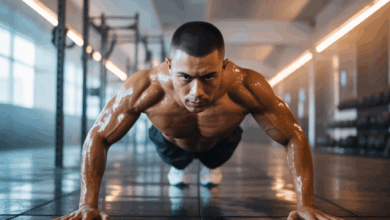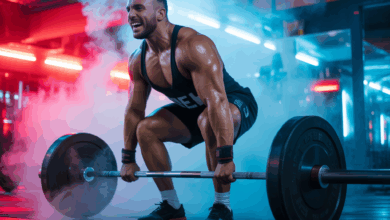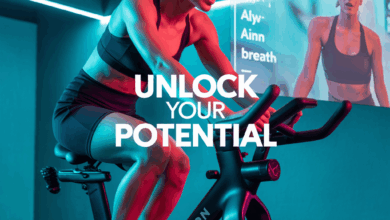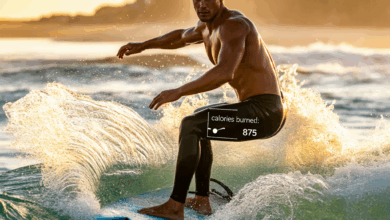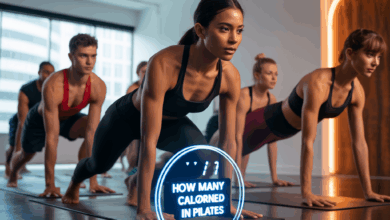triathlon helmet for your next race: How to choose, train, and race faster
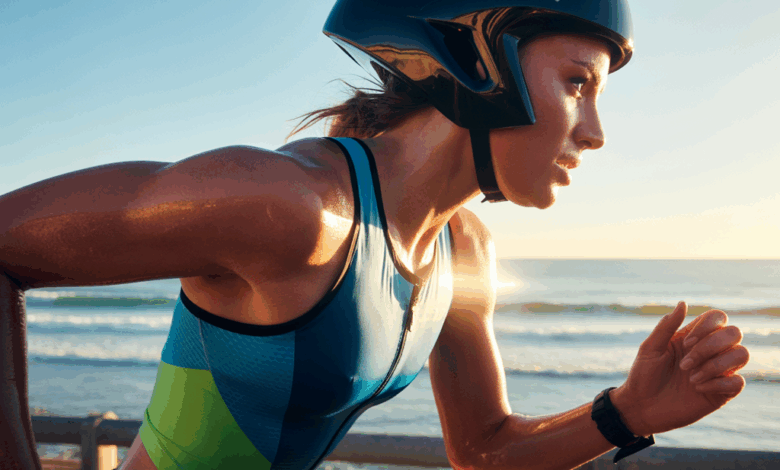
Ever stood on your bike in T2, staring at the straps of your helmet and wondered if the gear on your head is costing you precious seconds — or worse, comfort and confidence? Picking the right triathlon helmet for your next race can shave minutes from your bike split, reduce fatigue, and make transitions smoother. But the right pick is about more than looks — it’s fit, ventilation, safety, and how it fits your race and training plan.
Why your helmet matters: more than just protection
A helmet protects your head, yes, but in triathlon it also affects aerodynamics, neck strain, and your ability to hydrate or see clearly during long efforts. An aero helmet can improve speed on flat courses, while a ventilated road-style helmet may be smarter for hot, hilly courses. Think about course profile, climate, and your riding position before investing.
Key helmet features to consider
- Fit and comfort: Snug but not painful. Try multiple sizes and adjust the retention system.
- Ventilation: More vents for hot days; fewer vents for pure aero gains in cool conditions.
- Aerodynamics: Long-tailed aero helmets reduce drag when you maintain a time-trial position.
- Visor vs. sunglasses: Visors improve aerodynamics and reduce eye fatigue; sunglasses are lighter and easier to swap in transitions.
- Safety tech: Look for accepted safety certifications and impact-mitigation systems like MIPS where available.
- Weight: Lighter helmets reduce neck fatigue on long rides but sometimes sacrifice ventilation.
Choosing the right triathlon helmet for your next race
Match helmet type to race demands:
- Draft-legal or Olympic-distance in packs: A road-style helmet that meets UCI or event rules is often best; aerodynamics are less useful if drafting is allowed.
- Non-drafting Olympic, half or full Ironman: An elongated aero helmet with a smooth profile will usually be faster on flat to rolling courses.
- Hot, hilly courses: Prioritize ventilation and lightweight construction to manage core temperature and climbing comfort.
Try before you buy: fit checklist
- Measure head circumference and try the helmet for 10–15 minutes in the riding position.
- Check for pressure points by moving your head; the helmet shouldn’t shift excessively.
- Test a visor model with your sunglasses to ensure no visual obstruction in your aero tuck.
- Practice the straps and swap between sunglasses and visor to simulate a T1/T2 transition.
Training with your new helmet: practical workouts and tips
Gear only pays off if you train smart. Use these practical sessions to get comfortable and extract performance gains from your helmet choice.
Workout variations to adapt to aero position
- Tempo aero efforts (3×12 minutes): Hold a steady threshold-like effort in your aero bars. Focus on neck relaxation and steady breathing.
- Short TT intervals (6×5 minutes): Simulate race power bursts to practice hydration and sighting while aero.
- Brick sets: 45–60 minute bike holding race pace immediately followed by a 20-minute run to practice transition and neck comfort during dismount.
- Aerobic base rides with head-down practice: 2–3 hour rides where you periodically sit in aero for 10–20 minutes to build endurance in the position.
Practical tip: simulate race conditions
Wear the helmet on at least one long training ride and during time-trial efforts. Practice removing and replacing sunglasses or a visor while on the move and rehearse your helmet handling in mock transitions so it becomes second nature on race day.
Healthy lifestyle and recovery tips for peak race-day performance
Equipment helps, but sleep, nutrition, and recovery are the foundation. Here’s a quick checklist to pair with your helmet strategy:
- Sleep: Aim for 7–9 hours nightly in the three weeks leading up to the race.
- Nutrition: Follow a carbohydrate-focused fueling plan 24–48 hours before the event and practice in training. See our nutrition guides for meal plans and race fueling.
- Hydration: Practice drinking in your aero position so bottles and systems are comfortable under your helmet/visor setup.
- Mobility: Daily neck and upper-back mobility drills reduce stiffness from time in aero.
- Recovery: Use easy aerobic rides, foam rolling, and light strength work to keep muscles balanced.
Real-world examples: how small helmet choices made a big difference
At a regional half-ironman, a clubmate swapped from a ventilated road helmet to a long-tail aero helmet for a flat, windy course and saw a 4-minute improvement over 56 miles after practicing in training. Another athlete chose a highly ventilated helmet for a hot, hilly sprint and avoided cramping that sidelined competitors — demonstrating that the “fastest” helmet is the one that matches your race conditions and personal physiology.
Gear care and helmet longevity
Replace a helmet after any crash or after about 3–5 years of regular use. Store it away from sunlight and heavy heat, clean straps with mild soap, and inspect for cracks or compressed liners regularly. Your helmet should remain a reliable piece of safety equipment, not a fashion accessory.
Frequently Asked Questions
Q: Do I need a visor on my triathlon helmet?
A: Visors improve aerodynamics and reduce eye strain from wind and spray, especially over longer rides. They can be heavier and may fog; if the course is technical or you prefer quick sunglasses swaps in transitions, a non-visor helmet may be better.
Q: How should a triathlon helmet fit differently than a road helmet?
A: Fit is similar — snug and stable — but triathlon aero helmets often have longer tails and a shape optimized for a consistent time-trial position. Make sure the helmet doesn’t force you into an uncomfortable head angle that increases neck strain.
Q: Is MIPS or similar impact technology worth it?
A: Impact-mitigation systems like MIPS add a layer designed to reduce rotational forces in some crashes. They are worthwhile for added protection, but the best step is a proper fit and replacing a helmet after any significant impact.
Conclusion — take action for race-day gains
Choosing and training with the right triathlon helmet for your next race can be a small change with big returns: faster bike splits, less fatigue, and smoother transitions. Try helmets in person, practice in training, and pair your gear choices with a solid sleep, nutrition, and recovery plan. Ready to dial in your race prep? Explore our workout routines and wellness tips to build a complete pre-race plan — then test your helmet on a simulated race day.
Call to action: Head to a local bike shop this week to try on helmets, pick one that matches your course, and schedule two focused aero practice rides in the next 10 days. Your next race split will thank you.

